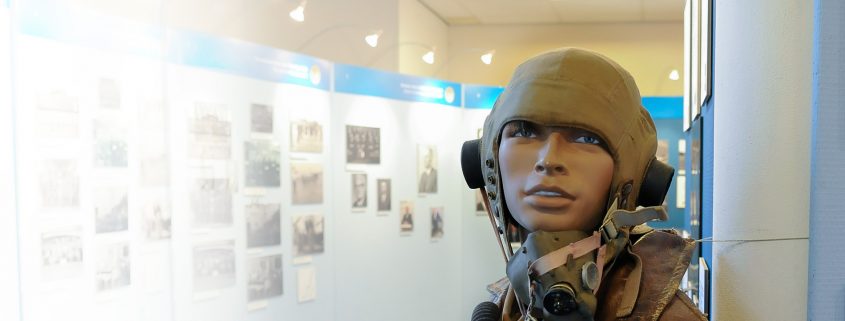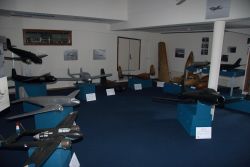Recently, the National Aerospace Laboratory museum celebrated its 25th anniversary with a symposium for special guests and donors.
NLR has a unique company museum, said Michel Peters, General Director of NLR, speaking during the anniversary symposium. And this is foremostly thanks great enthusiasm of the museum’s board members and many volunteers, as well as the sweeping view the museum presents of the role NLR plays in the development of aviation and aerospace in the Netherlands.
In addition to the NLR museum’s 25th anniversary, the 10-year anniversary of the founding of the Museum Foundation was also celebrated. This foundation’s goals are inventorying, conserving, cataloguing, archiving and managing the collection, as well rendering historical material that is directly or indirectly related to NLR accessible to interested visitors.
For those who tour the museum and look around, one fact becomes immediately clear: since its inception in 1919, NLR has been a leader in technological development. The museum features equipment and models, accompanied by explanatory texts and photos dating from NLR’s founding year, when NLR was known as the Royal Aviation Research Centre (Rijksstudiedienst voor de Luchtvaart), all of which serves to reconstruct the history of NLR. The museum’s collection is being compiled step by step, as the museum’s volunteers (primarily NLR pensioners) continually strive to make available material that has yet to catalogued.
During the symposium, Arie Kraaijeveld, chairman of the supervisory board, also opened a new wing of the museum, which is a space containing the largest wind tunnel models and a section devoted to Remote Sensing, including sensors that were once affixed to NLR’s laboratory planes. Work is still underway here on various other exhibitions.
In addition to the opening of this new museum wing, Jan te Boekhorst, one of the museum’s initiators and long-time board member, reminisced about the founding of the museum. Moreover, a lecture was given about the research and development activities of the Constructions & Materials department in the 1950s and 1960s. There was also discussion of the question: what is aviation heritage?
In his lecture on the relationship between NLR and the NLR museum, Michel Peters spoke with wonder about all the volunteers who help keep the museum running, because it is they who ensure that the rich history of NLR is never lost and remains accessible to everyone. The museum’s volunteers are striving to compile the complete history of Dutch aviation in one museum. ‘Achieving that is not yet possible. But perhaps by 2019, when NLR celebrates its 100th anniversary?’Peters wondered.
For more information:Â http://www.erfgoednlr.nl/



